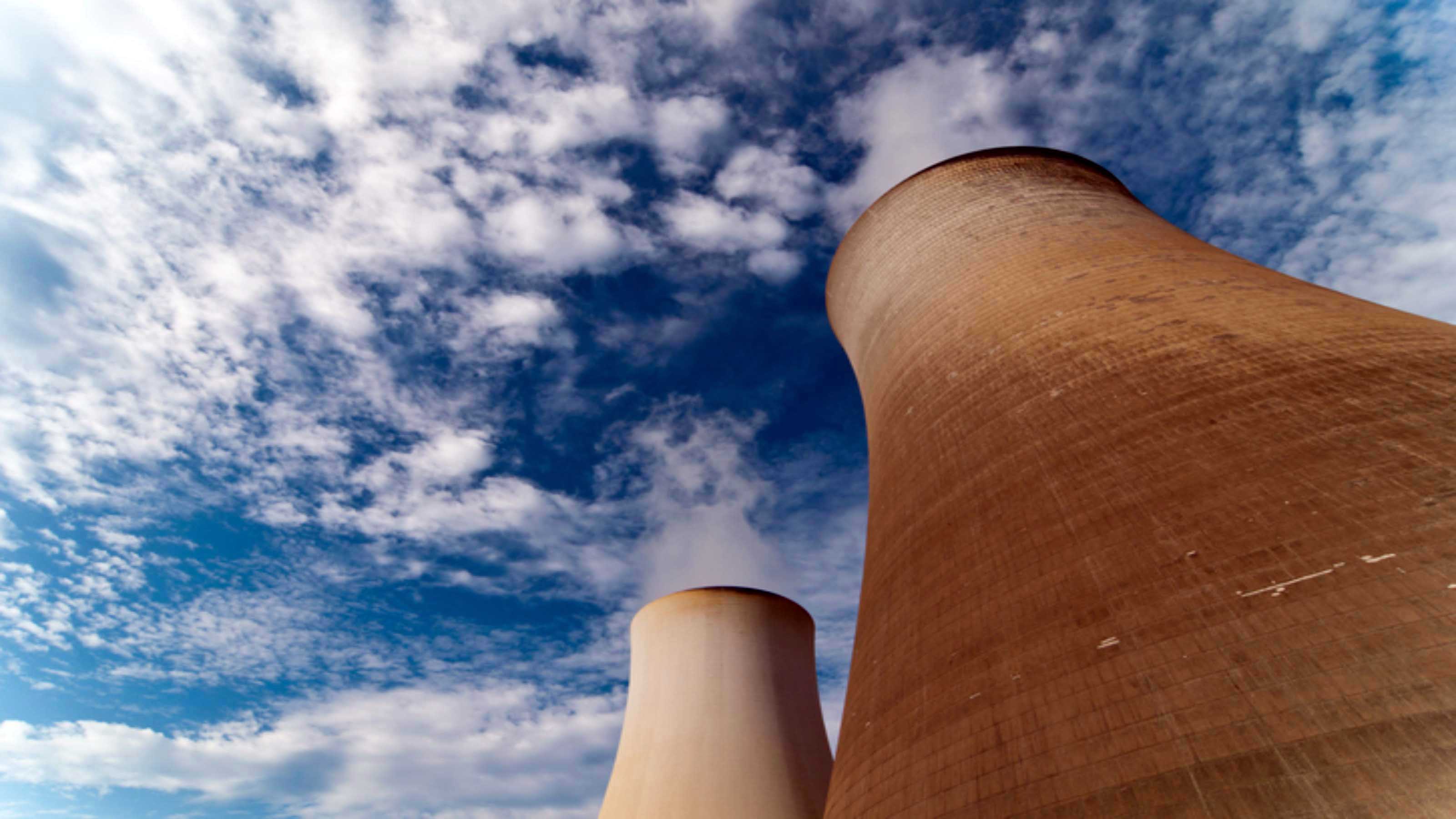New Emissions Limits to be Introduced: Kiplinger Economic Forecasts
Emissions limits are still many years away but there is doubt whether industries will be ready.


The way businesses and industries are regulated affects people and the economy. So our hugely experienced Kiplinger Letter team will keep you abreast of the latest regulatory developments and forecasts (Get a free issue of The Kiplinger Letter or subscribe). You will get all the latest news first by subscribing, but we will publish many of the forecasts online a few days afterward. Here’s the latest…
New emissions limits for fossil fuel-fired power plants are on the way.
The centerpiece of the Biden administration’s proposal is technology — specifically, carbon capture and storage, which is one of many ways regulators say that utilities can meet new emissions targets for gas and coal-fired power plants.
From just $107.88 $24.99 for Kiplinger Personal Finance
Become a smarter, better informed investor. Subscribe from just $107.88 $24.99, plus get up to 4 Special Issues

Sign up for Kiplinger’s Free Newsletters
Profit and prosper with the best of expert advice on investing, taxes, retirement, personal finance and more - straight to your e-mail.
Profit and prosper with the best of expert advice - straight to your e-mail.
The Environmental Protection Agency also includes “co-firing” on its list of ways for power plants to comply. This basically involves burning a cleaner fuel alongside the main one, such as natural gas with coal, or hydrogen with natural gas.
Initial requirements would not kick in until 2030 for coal-fired power plants and 2032 for natural-gas plants and would vary based on several factors, including the size of a plant, how often it runs, its expected lifespan and whether it is new or existing.
Will plants be able to meet these targets?
The goal is to give tech time to catch up with the administration’s goals. But it’s still unclear whether carbon capture and green hydrogen will be ready when that time comes. For example, only two commercial coal power plants now supplying the U.S. grid employ carbon-capture tech. No gas-powered ones do.
Critics say the rules would increase electricity costs and hurt grid reliability by forcing more retirements of dispatchable grid resources — those that can more easily adjust their power output based on consumer demand, which includes gas and coal.
The Biden administration expects retail electricity prices to increase by 0.2% by 2035, fueled by utilities spending at least $10 billion to meet the proposed requirements. Also unclear: whether these regs could survive the inevitable legal challenge.
This forecast first appeared in The Kiplinger Letter. Since 1923, the Letter has helped millions of business executives and investors profit by providing reliable forecasts on business and the economy, as well as what to expect from Washington. Get a free issue of The Kiplinger Letter or subscribe.
Profit and prosper with the best of Kiplinger's advice on investing, taxes, retirement, personal finance and much more. Delivered daily. Enter your email in the box and click Sign Me Up.

-
 Verizon’s 4-Line Phone Promo Offers Strong Value for Families Upgrading to Premium Devices
Verizon’s 4-Line Phone Promo Offers Strong Value for Families Upgrading to Premium DevicesFamilies can upgrade to top-tier smartphones for $25 a line with Verizon’s newest offer.
-
 Where to Store Your Cash in 2026
Where to Store Your Cash in 2026Set yourself up for success with these strategies.
-
 How Much Income You Really Need to Afford a $500,000 Home
How Much Income You Really Need to Afford a $500,000 HomeAs home prices increase, the income needed for a house is also climbing. We break down what you need to earn to afford a $500,000 home.
-
 What to Expect from the Global Economy in 2026
What to Expect from the Global Economy in 2026The Kiplinger Letter Economic growth across the globe will be highly uneven, with some major economies accelerating while others hit the brakes.
-
 Shoppers Hit the Brakes on EV Purchases After Tax Credits Expire
Shoppers Hit the Brakes on EV Purchases After Tax Credits ExpireThe Letter Electric cars are here to stay, but they'll have to compete harder to get shoppers interested without the federal tax credit.
-
 The Economy on a Knife's Edge
The Economy on a Knife's EdgeThe Letter GDP is growing, but employers have all but stopped hiring as they watch how the trade war plays out.
-
 Banks Are Sounding the Alarm About Stablecoins
Banks Are Sounding the Alarm About StablecoinsThe Kiplinger Letter The banking industry says stablecoins could have a negative impact on lending.
-
 Japan Enters a New Era of Risk and Reform
Japan Enters a New Era of Risk and ReformThe Kiplinger Letter Japan has entered a pivotal moment in its economic history, undertaking ambitious policy and structural reforms to escape from decades of stagnation.
-
 After Years of Stagnant Growth, Hope Emerges for EU Economy
After Years of Stagnant Growth, Hope Emerges for EU EconomyThe Kiplinger Letter Can a German fiscal push outweigh French political peril?
-
 Trump's Economic Intervention
Trump's Economic InterventionThe Kiplinger Letter What to Make of Washington's Increasingly Hands-On Approach to Big Business
-
 AI Start-ups Are Rolling in Cash
AI Start-ups Are Rolling in CashThe Kiplinger Letter Investors are plowing record sums of money into artificial intelligence start-ups. Even as sales grow swiftly, losses are piling up for AI firms.